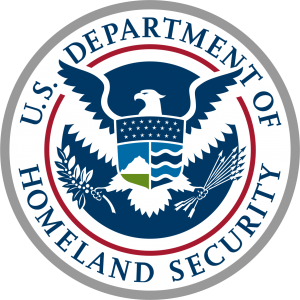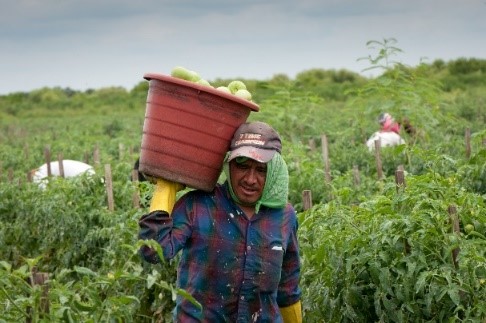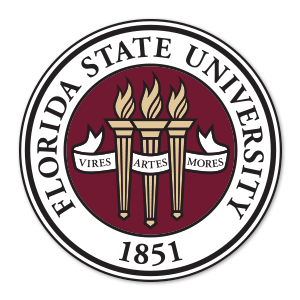
According to Florida State Statute §787.06, human trafficking occurs when any person:
“knowingly, or in reckless disregard of the facts”, engages in, attempts to engage in, or benefits financially from subjecting a person to human trafficking using coercion for labor services or sexual commercial activity. If the trafficked person is under 18, coercion doesn’t have to be shown.
Human trafficking is defined as “transporting, soliciting, recruiting, harboring, providing, enticing, maintaining, or obtaining another person for the purpose of exploitation of that person.”
Every trafficking crime in Florida is a felony.
Labor Trafficking News Report: Six Mexican veterinarians filed a federal human trafficking lawsuit after being recruited to work on an Idaho dairy farm as animal scientists but instead were forced to perform general labor. The lawsuit was filed against the farm’s owners and the lawyer who arranged their work visas. The victims claim they were forced to milk cows, shovel manure, clean pens, and move cattle during 12 hour shifts. They received low wages, substandard housing, and no food breaks, causing them to have to eat around the animals. They were threatened with deportation if they did not comply. The victims contract ended after one year and they were able to leave the deplorable conditions.

Source: Boone, R. (2017, January 04). Mexican veterinarians sue Idaho dairy for human trafficking. Retrieved November 03, 2017


